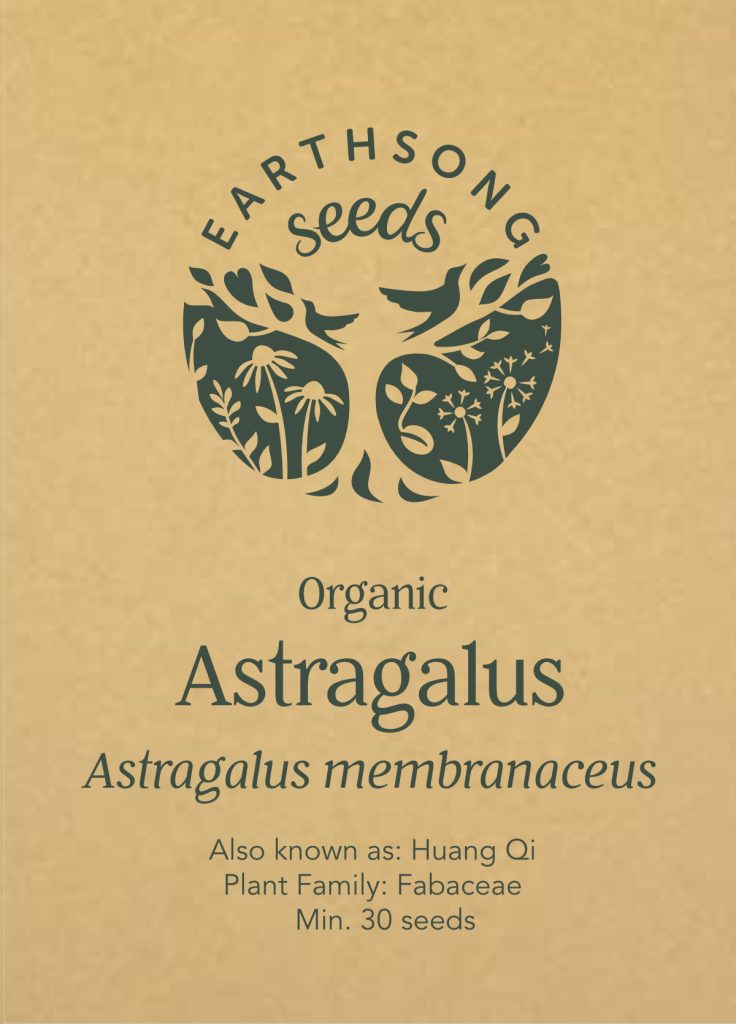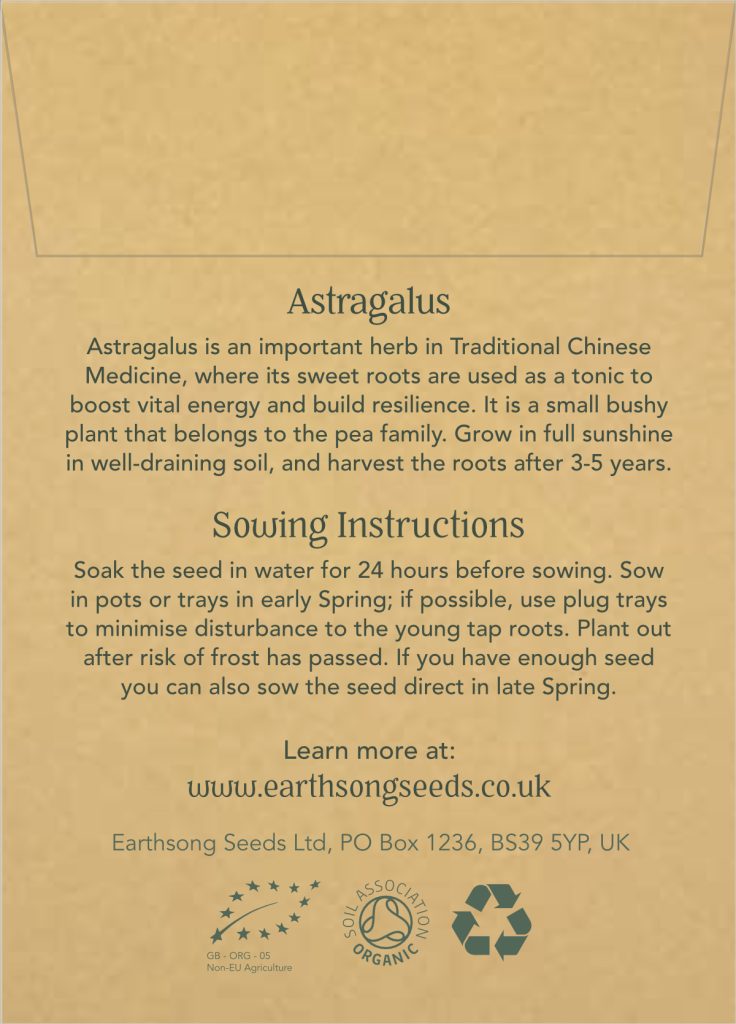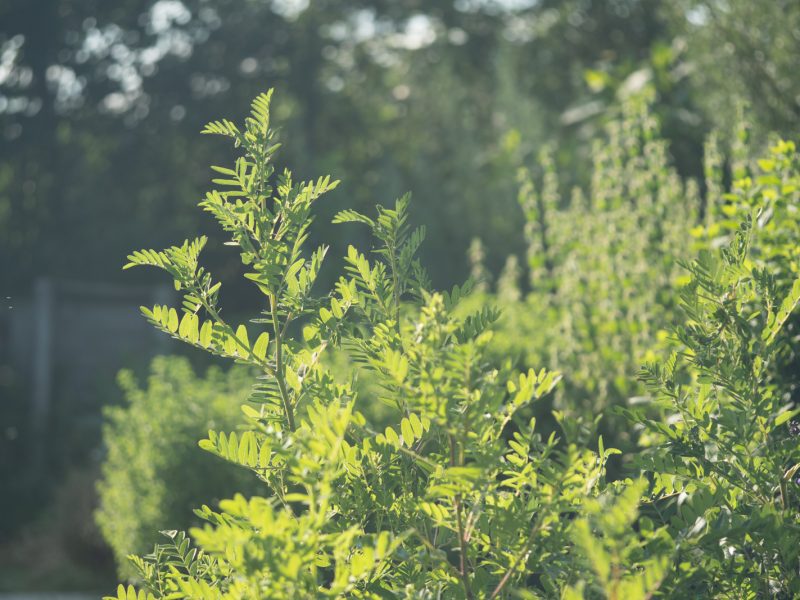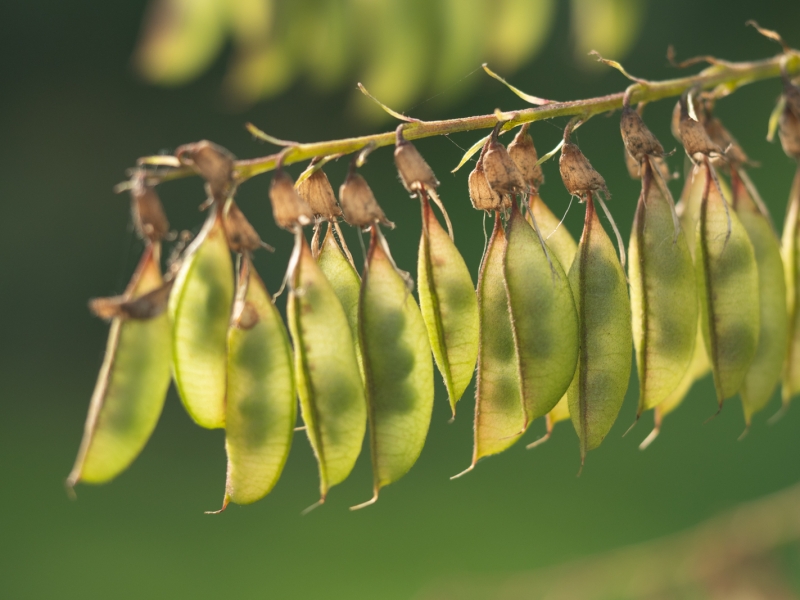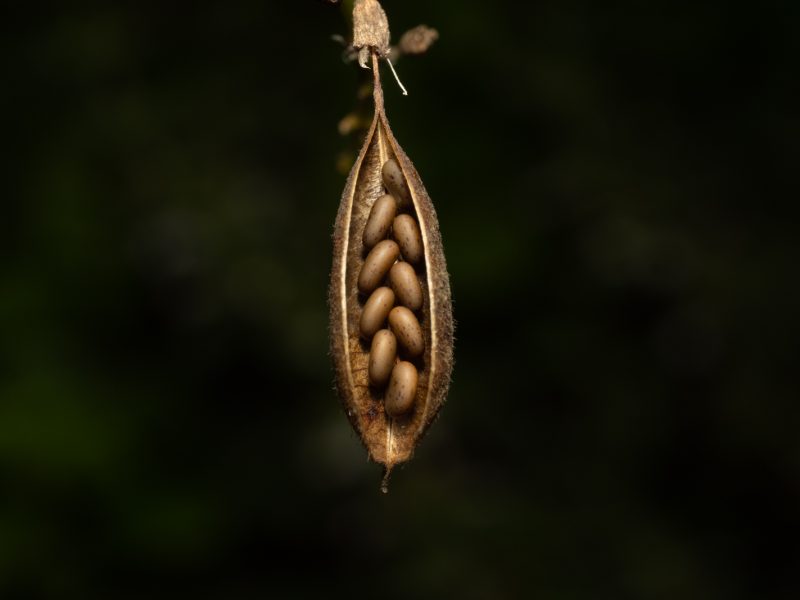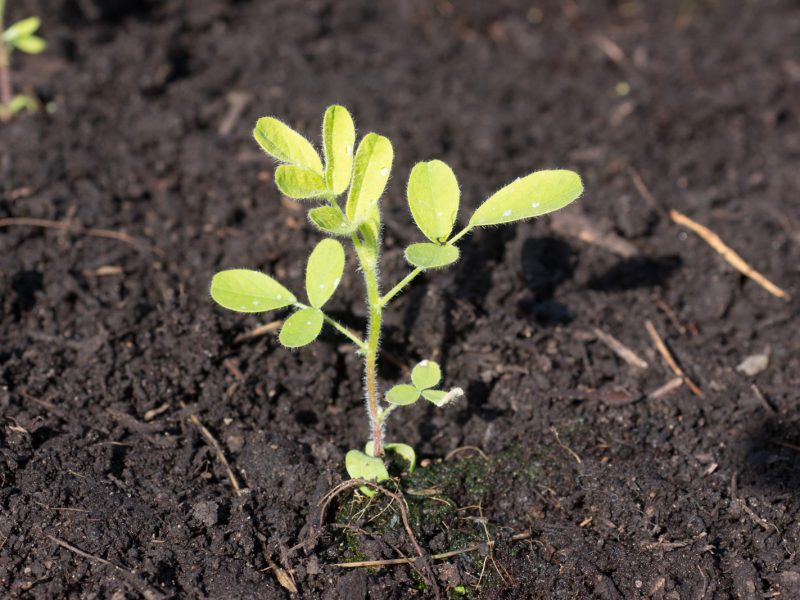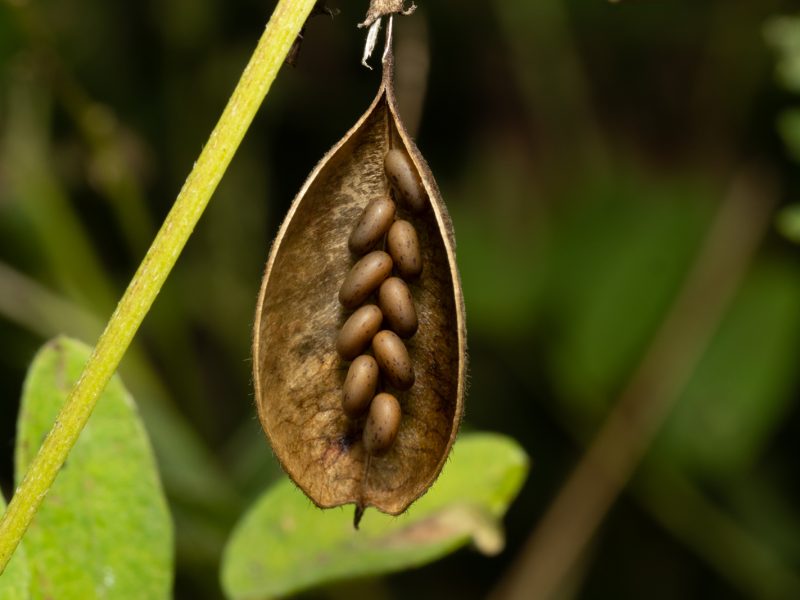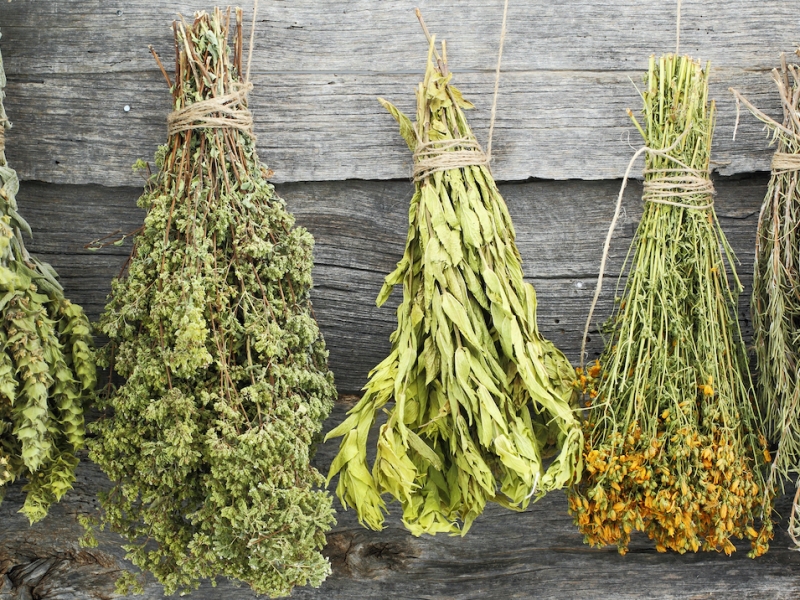Description
Astragalus is a bushy member of the pea family with pendulous yellow flowers. The sweet roots are one of the main tonics used in Chinese Herbal Medicine. Known as Huang Qi, it is a renowned protector from infection and a reliable source of energy.
Strictly speaking the correct botanical name for this species is now Astragalus mongholicus, but for now we continue to use the original name Astragalus membranaceus as this is the name that most herbalists still know it by.
This species is traditionally grown in the North East and East of China with the ‘Di Dao’- or geoauthentic variety – coming from inner Mongolia and Shanxi (Di Dao is a concept akin to the ’terroir’ theme used in viticulture to qualify the best quality). It is now cultivated widely in America too as it has become a vulnerable species in the wild. Its favoured ecosystems are steppes, meadows and coniferous forests.
We have had good results growing astragalus in the UK climate, both in full sunshine and semi-shade. It is a perennial that grows to around 80cm tall; it is quite a delicate plant that is normally harvested after 3-5 years, so choose a sheltered spot that is protected from threats of strong winds, domestic animals or wild children. The rewards are well worth the wait.


